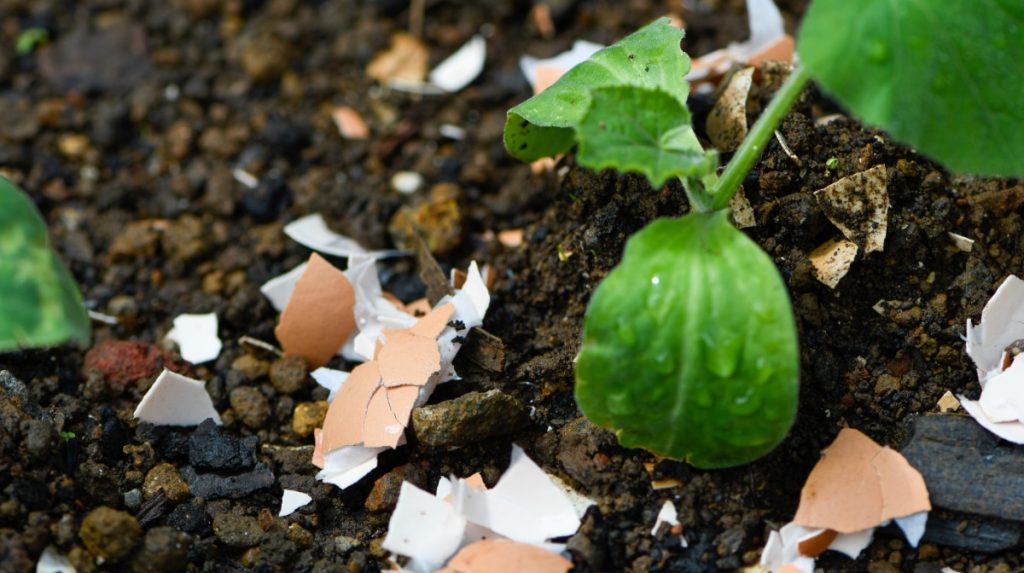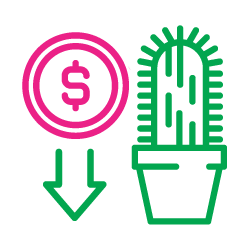Subtotal: $11.94
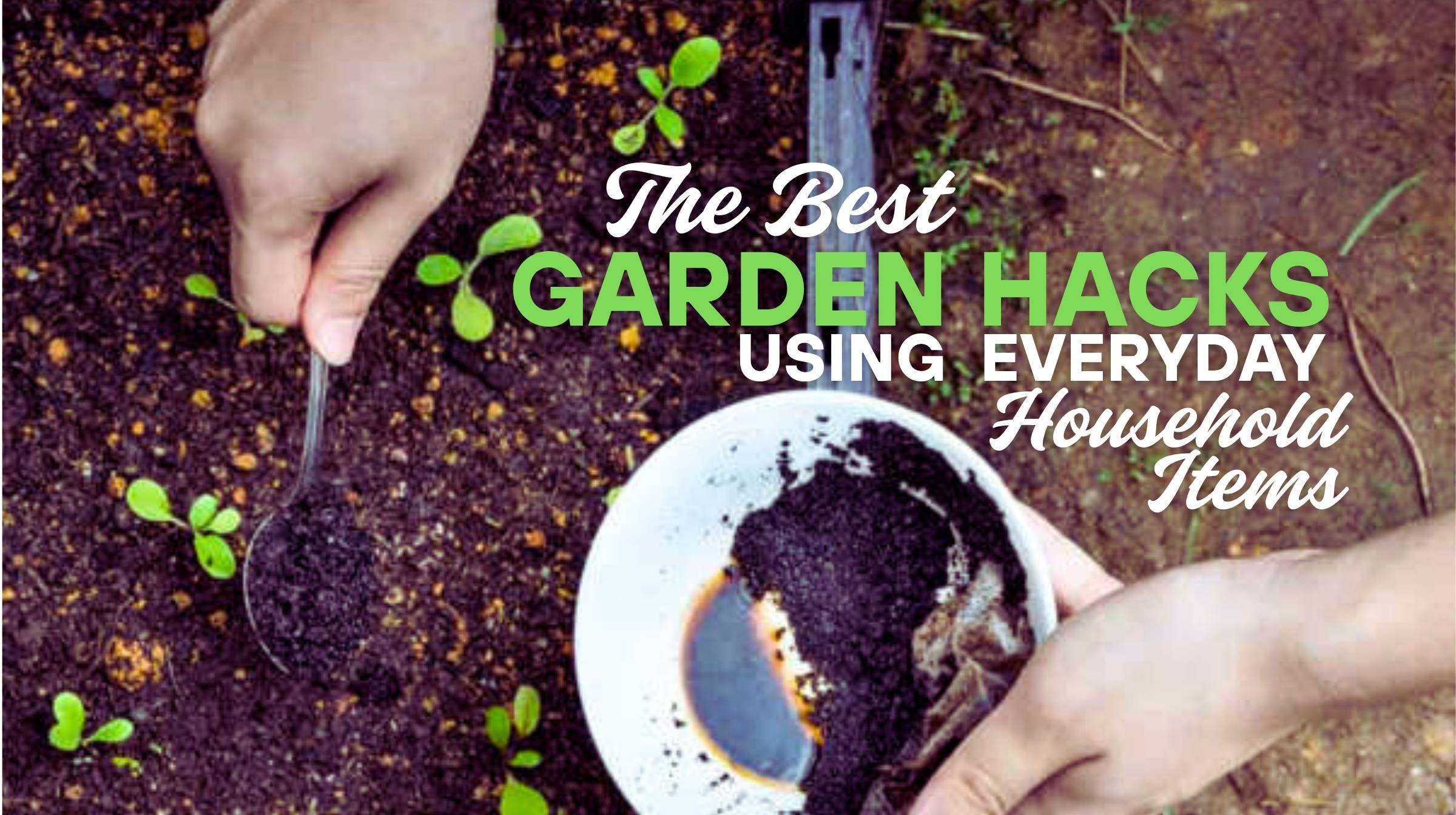
The Best Garden Hacks Using Everyday Household Items
You don’t need fancy, expensive things to have a healthy, thriving garden. In fact, people have been using these common household items in their gardens for years. Some of these you may already know about, but we’re sure there will be a couple that will surprise you.
Jump straight to the Best Hacks using these items:
Whether it’s aphids or poor soils or any of the common problems you deal with in the garden, we’ve got just the hacks for you. What we love about these hacks is that they reduce waste and give items that typically just get thrown straight in the trash another purpose.
Let’s get right into it.
Catching Earwigs Using Tins
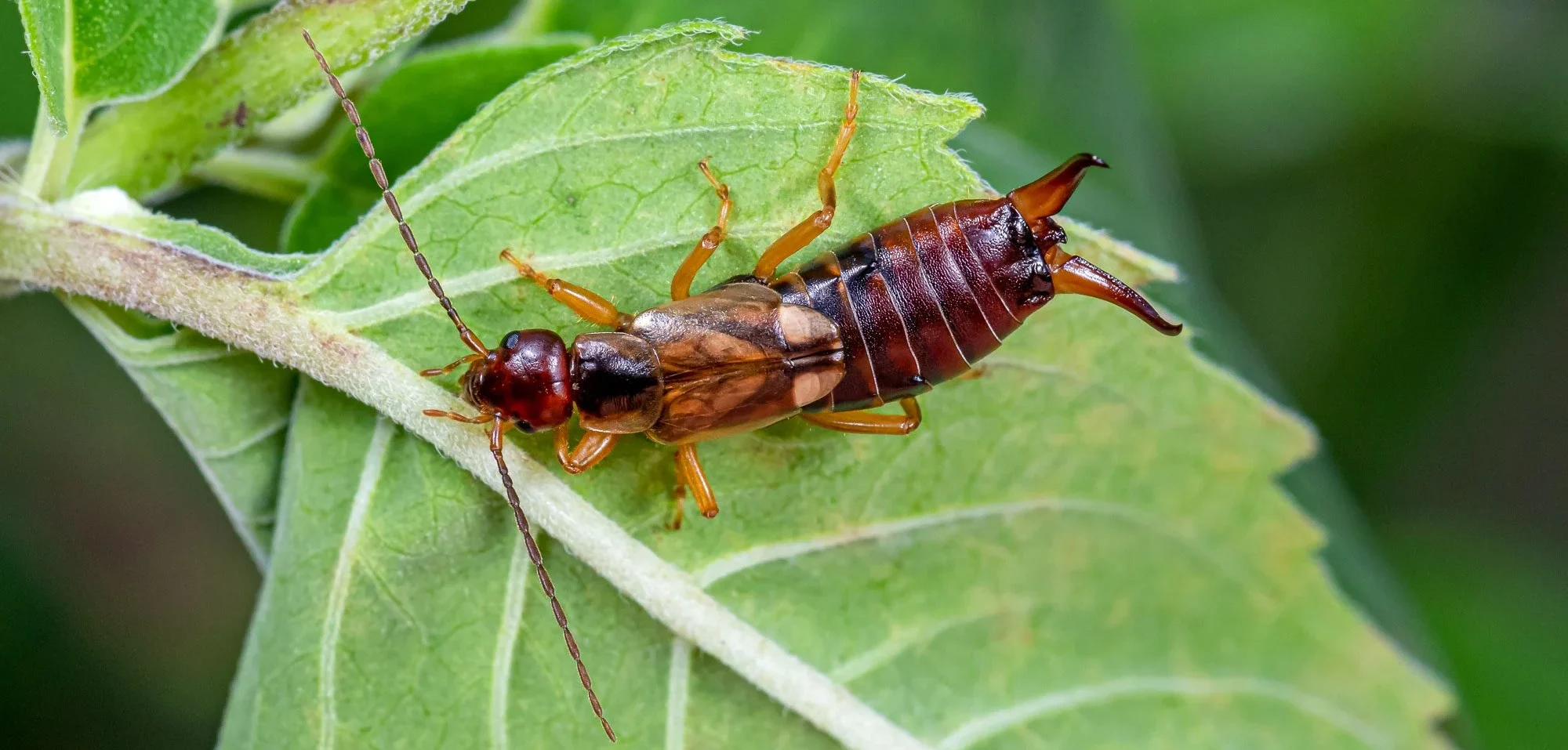
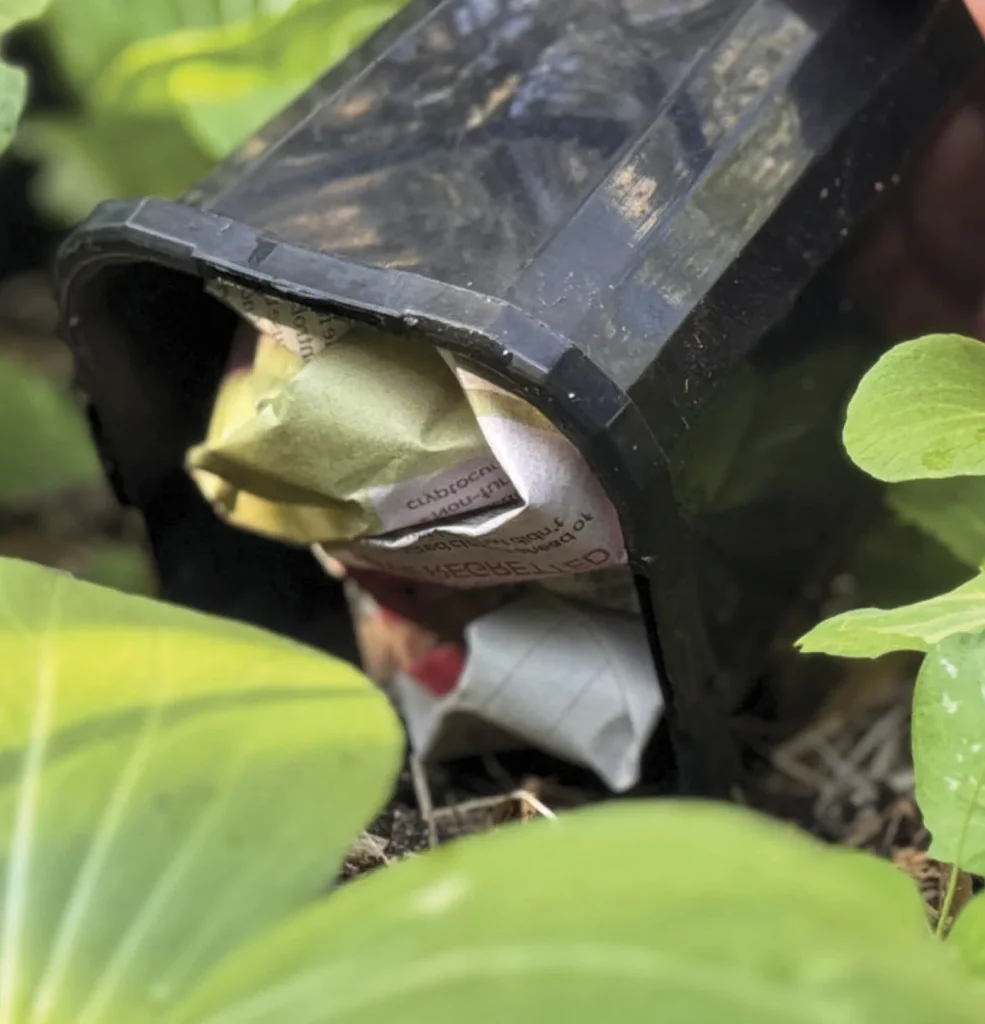
Earwigs can be a great nuisance in many gardens; they feed on many different plants causing cosmetic damage and hindering growth.
Now, the next time you cook a meal that uses something tinned, instead of throwing it away this is what you do.
Take the lid off completely and give it a good rinse. Then you screw up newspaper and pop that inside the tin. After that it’s as easy as popping it under the bushes in your garden and waiting. Then the next day you go around with a bucket of boiling hot water and upend the tin over this bucket.
Earwigs that had been nestling in the tin will fall into the boiling water and bam earwig problem gone. With this hack it’s best to create several tin traps and do it on a semi-regular basis to keep earwigs under control.
Get Rid of Aphids Using Dishwashing Detergent
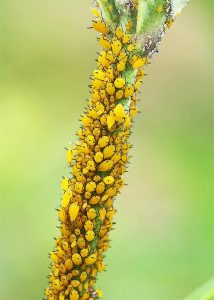 The key with this is only using a little bit of detergent and using water to highly dilute it. Less is more in this instance. This trick also works with other sucking insects!
The key with this is only using a little bit of detergent and using water to highly dilute it. Less is more in this instance. This trick also works with other sucking insects!
Also make sure to do this in warm weather, around 23-28 degrees, such as on a morning of a nice sunny day.
So you create your solution in a misting bottle, just a touch of detergent with lots of water, and then go around and spray it on the affected areas in your garden.
You want to wait 48 hours and then spray all the affected areas again. This solution is non-toxic and non-residual so what happens is that the detergent dissolves the oily coating on the outside of the aphid. Then the aphid shrivels up and dies in the heat of the sun. Bye bye.
Get Snails Drunk on Beer Then Drown Them
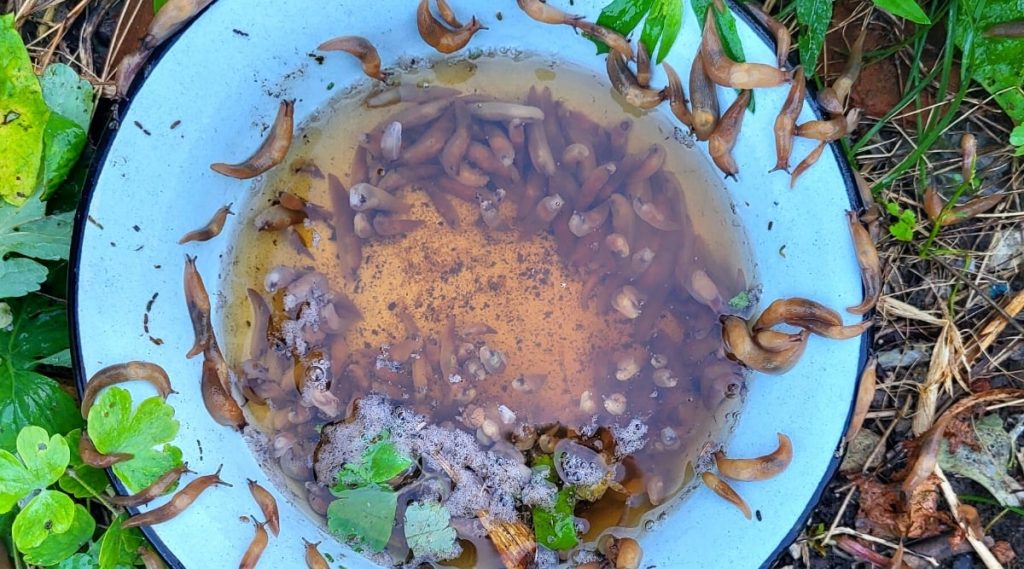
Yep, you read that right, this hack is all about sending snails off to a watery beer-y grave.
How you’re going to do it is by taking a plate or pan that has shallow edges but progressively gets deeper towards the middle. What happens is the slug drinks beer, gets intoxicated and moves closer to the middle where it drowns in the deep end of your beer pool. In the words of Chris the snail “has a happy death”.
Use Vaseline To Create a Barrier For Slugs and Snails
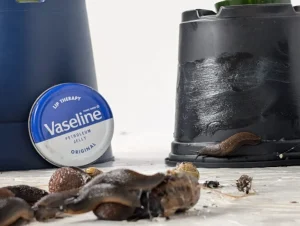 With just Vaseline you can create the equivalent of a magical “you shall not pass” line. Slugs and snails despise Vaseline and will refuse to cross a line of Vaseline.
With just Vaseline you can create the equivalent of a magical “you shall not pass” line. Slugs and snails despise Vaseline and will refuse to cross a line of Vaseline.
So what you want to do is put Vaseline around the edge of your pot to protect any potted plants from snails and slugs.
Improve Your Soil With Coffee Grounds
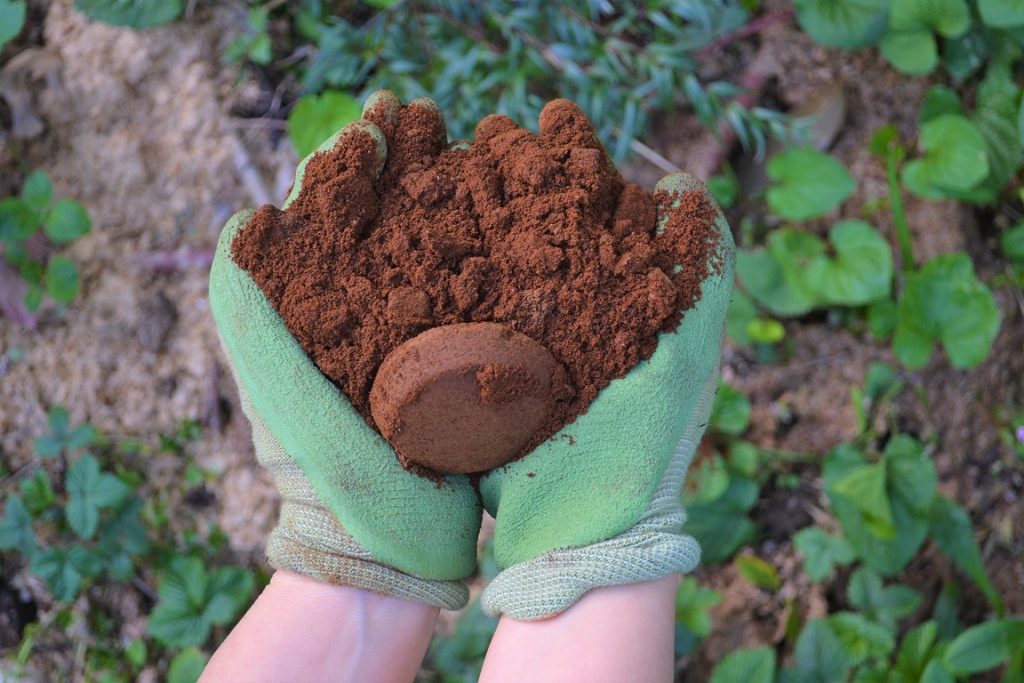
Nourish yourself and your garden with your cup of morning coffee. Collect your coffee grounds and let them dry out first. Then sprinkle a thin layer (less then 1cm thick) around the base of your plants or mix it into your compost pile. Or you can mix your coffee grounds into the top layer of soil.
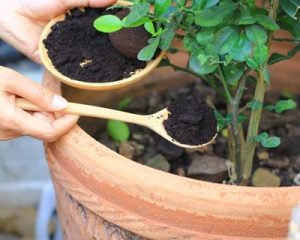 How it works is that coffee grounds contain small amounts of nitrogen, potassium, and phosphorus—all nutrients plants love. They also improve soil texture, making it fluffier and better at holding water. Plus, coffee grounds attract worms, which help break down organic matter and improve soil health.
How it works is that coffee grounds contain small amounts of nitrogen, potassium, and phosphorus—all nutrients plants love. They also improve soil texture, making it fluffier and better at holding water. Plus, coffee grounds attract worms, which help break down organic matter and improve soil health.
Don’t do this every day, once or twice a week is plenty. If you do it too often you risk making the soil too acidic.
Made some scrambled eggs? Great, take those egg shells and rinse them out. Crush them into small, sharp pieces – you can use a rolling pin for this. Then sprinkle the crushed eggs over your soil.
Slugs will not crawl over ground with crushed eggshells as it’s like walking barefoot over rough jagged ground.
The crushed eggs have a double benefit of slowly releasing calcium into the soil which plants like tomatoes and peppers absolutely love.
It’s a good idea to do this after rain as we know how slugs love to come out after it’s rained. For the calcium boost it’s best to apply every 2-3 weeks.
Add Nutrients with Potato or Pasta Water
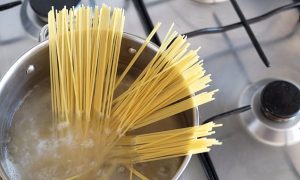 Unfortunately this isn’t a hack you can do while cooking your normal pot of pasta or potatoes because you need the water to be unsalted. Salt is great for flavouring your food but not so great for plants.
Unfortunately this isn’t a hack you can do while cooking your normal pot of pasta or potatoes because you need the water to be unsalted. Salt is great for flavouring your food but not so great for plants.
How it works is that when you boil potatoes and pasta, they leach minerals and starches into the water. This starch acts like a mild carbohydrate boost for soil microbes and it also contains minerals like iron or phosphorus that nourishes your plants.
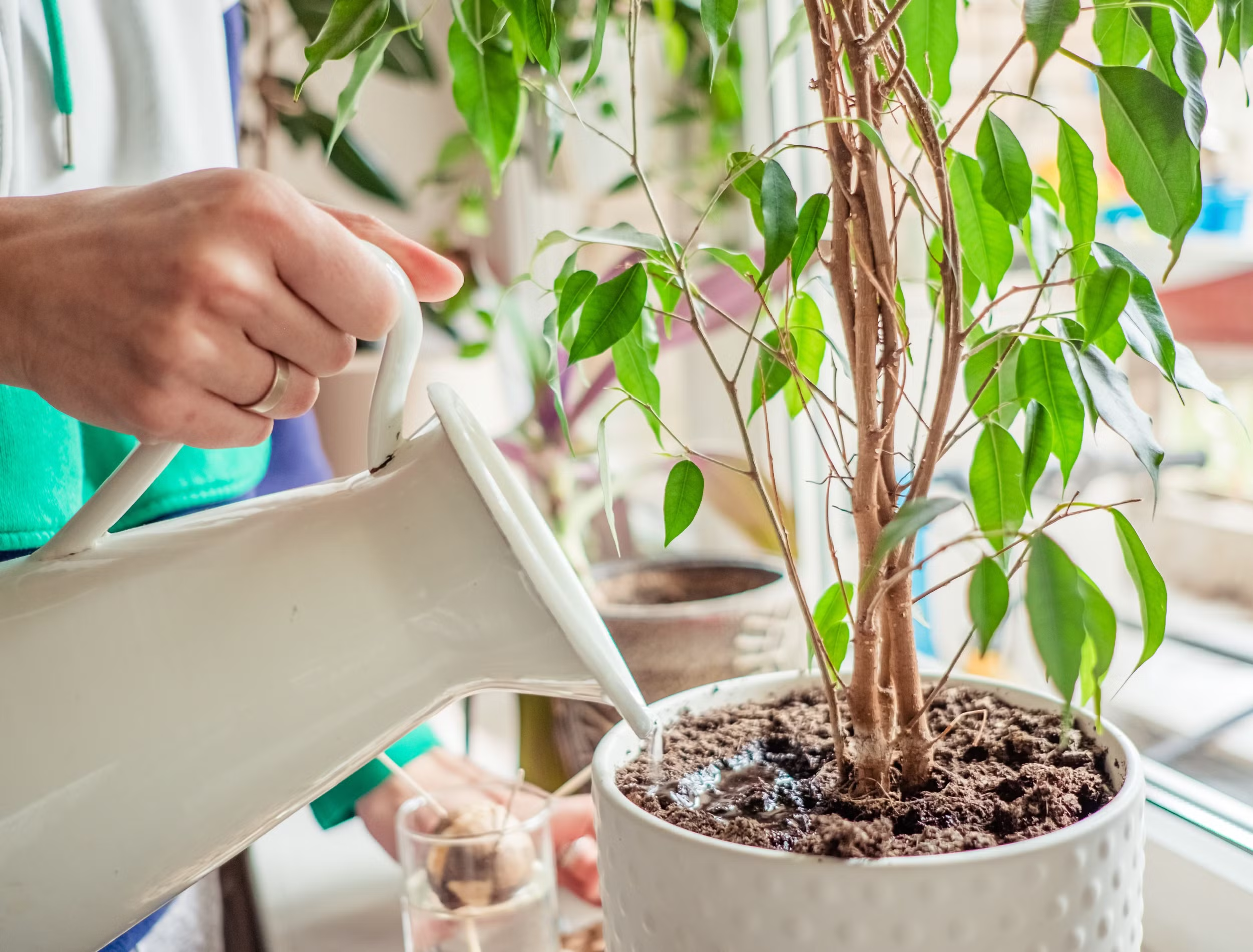 So once you’ve boiled your potatoes or pasta, take them out (eat them if you feel like it) and let the water cool to room temperature. Then pour the cooled water around your plant’s base.
So once you’ve boiled your potatoes or pasta, take them out (eat them if you feel like it) and let the water cool to room temperature. Then pour the cooled water around your plant’s base.
Do this once a week – you can rotate it with your plain watering schedule.
Have Greener Leaves with Epsom Salt Spray
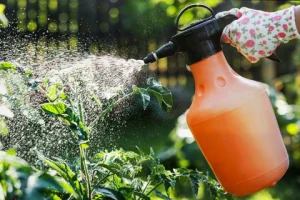 You’ve probably heard of using Epsom salt for muscle relaxation, but it’s also great for making leaves greener. What happens is the magnesium from the Epsom salt helps plants make chlorophyll, which is the green pigment they use to transform sunlight into energy.
You’ve probably heard of using Epsom salt for muscle relaxation, but it’s also great for making leaves greener. What happens is the magnesium from the Epsom salt helps plants make chlorophyll, which is the green pigment they use to transform sunlight into energy.
So by dissolving a tablespoon of Epsom salt into 1 litre of water, pouring it into a spray bottle and spraying it directly onto plant leaves you can make them greener. It’s best to do it in the early morning or late afternoon, you just want to avoid the harsh sun.
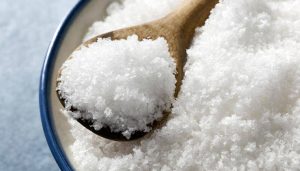 Don’t overdo this because too much magnesium can be bad for your plants. We recommend every 2-4 weeks during the growing season.
Don’t overdo this because too much magnesium can be bad for your plants. We recommend every 2-4 weeks during the growing season.
Boost Potassium with Banana Peel Water
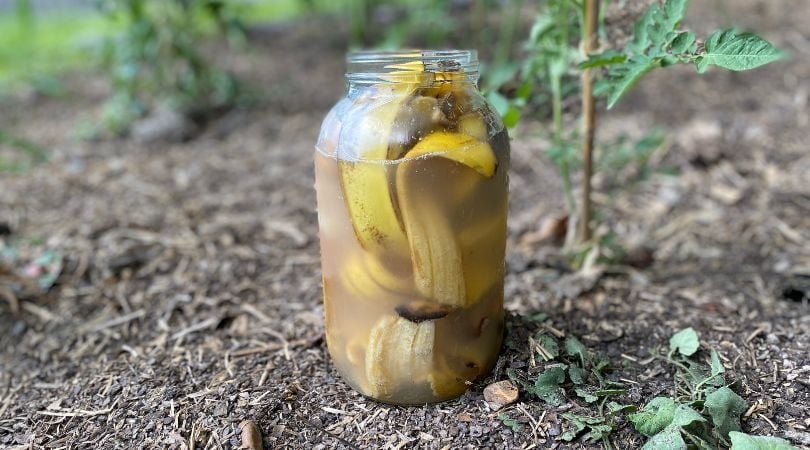
We all know bananas are rich in potassium – and so are their peels. Plants need potassium for strong roots, disease resistance and flower production.
All you need to do is cut up banana peels and place them in a container with water. Let it soak for 2-3 days then strain the water and pour it onto the base of your plants.
Do this method every 2-3 weeks during the growing season.
In Conclusion
It’s crazy to see how many ways plants are just like us – they also need the right nutrients and when you start taking care of your plants your garden will absolutely flourish. We hope you enjoyed these hacks! Be sure to follow us on our socials for more hacks and tips to have the best garden.

Feeling inspired to create your own garden, but want some expert advice? Try our one-on-one garden design service with Chris. Together you’ll come up with a selection of plants along with a layout plan that gives you the look you want, as well as being suitable for your local soil and conditions.
get your own tailored modern garden design:
Articles you may also like

Top 10 Best Plants for Shady Areas
There has never been more shade in Melbourne as there is now. Townhouses, units, and apartments are on the rise. Backyards are getting smaller. Sunlight is becoming more blocked. But everyone still wants a garden filled with plants. And you

Top 10 late winter blossoms for an early spring
We put together this list of the Top 10 plants that flower first in late winter (to give you that early spring feeling) because let’s face it: everyone loves spring. After the cold, dark gloom of winter, it’s always wonderful
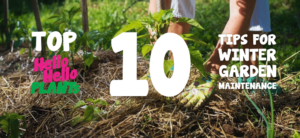
Top 10 Tips for Winter Garden Maintenance
Our tips for winter garden maintenance to prepare your garden for spring in Australia. Winter in the garden can seem like a miserable experience. Deciduous trees have lost all of their leaves, annuals have died down and a lot of




